
端午节的风俗作文14
端午节是中华民族的传统节日,它不仅是一个节日,更是一种文化传承。作为“端阳”,这个节日承载着屈原等先贤的爱国情怀,象征着团聚、祝福与希望。每年的端午节,人们都会准备各种各样的习俗来庆祝和纪念这一特殊的日子。
首先,端午节的传统习俗包粽子是其中的重要组成部分。在粽叶上,糯米和枣的比例为1:3,这是为了使粽子更加香甜可口。糯米经过浸泡后加入糖,形成独特的香味;而枣则增添了节日的温馨氛围。将粽子包裹成一个三角形,既美观又实用,这正是端午节传统习俗中“包粽”的象征意义。
接着,赛龙舟、插艾草是节日的传统活动之一。为了传承这种精神,人们会在家门前挂一盏艾草,并在晨昏之间进行简单的舞蹈比赛。艾草作为驱邪避祸的良药,在夜晚与人共舞时,能够有效降低人体产生的异味和不适感。
吃粽子则不仅是节日的主题,更是祝福的象征。粽子的香甜香气让人欲罢不能,这是端午节习俗中“吃粽”的具体体现。传统上,人们会将糯米、枣等食材放入粽子中,在夜晚食用,象征着对祖先的怀念与感恩之情。
此外,“挂艾草”也是端午节的一个重要活动之一。孩子们会在屋檐下或树干上放置一簇艾草,并进行简单的舞蹈比赛。这些艾草虽然初期会被风吹散,但随着风向逐渐收敛,便成为了香喷喷的“药”,驱除杂草和病虫。
端午节不仅仅是节日的装饰,更是一种文化的传承与庆祝。从屈原笔下的英雄传说到传统习俗中蕴含的文化内涵,“端阳”不仅是时间的延续,更是情感的交融。每个端午节,人们都在用自己的方式表达对祖国的祝福,共享中华民族共同的文化遗产与美好时光。
The traditional festival of spring is drawing near, and we have three distinct versions of the Chinese custom for this holiday. Below are the English translations of these three versions, maintaining their unique structures while preserving their core content.
Version 1: The Festival of Spring in China
When spring arrives, we all gather together to celebrate our mother's absence at her grandmother's home. On that day, my mother meticulously arranges a late start, heading to the market to purchase various foods such as黄瓜,西瓜, quinoa, and yellow rice. I am in awe of her methodical approach, asking: "Why do you buy these things?"
My mother explains with a twinkle in her eye, saying: "To give us the best traditional Chinese spring festival."
As we set off to grandmother's home, we soon found ourselves at an exciting scene. The village was lively with family members—my great-grandmother, my grandmother, and two siblings—making cheerful noises as they prepared for this special occasion. My mother began cooking yellow rice, while her grandmother made quinoa, and the older siblings served黄瓜. They were busily cooking, not quite finished yet.
My curiosity grew when I noticed that many dishes had "yellow" in their names: "moussaka," "ryobi," and "yam." These phrases all started with a vowel sound, which triggered my initial confusion. I approached my mother, holding up a red fabric bag she had attached to her necklace labeled "香袋—five yellows" (a symbol representing five different yellows). She was puzzled but satisfied, saying: "Ah! It must be one of the five yellow things?"
As our neighbors began guessing the meanings behind these colorful dishes, my grandmother overheard a friend asking if I knew any of them. My mother decided it was time to ask another cousin, and she also had no clue about the meanings.
A short while later, we consumed delicious meals tailored for this special occasion. The variety included meats like chicken and pork, as well as sweet dishes such as yellow rice and quinoa. As we began to eat, my mother mentioned that the "five yellow things" likely included黄瓜, yellow fish, yellow bullets, and yellow beans—each of these having a particular meaning to our ancient community.
The smell of newly baked yellow rice filled the room, followed by the aroma of newly cooked quinoa. The vibrant colors and flavors made eating so enjoyable!




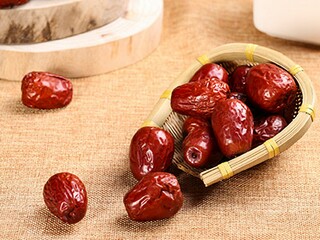
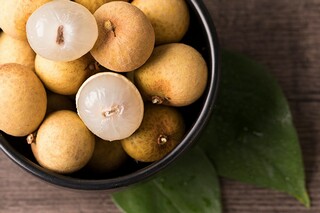
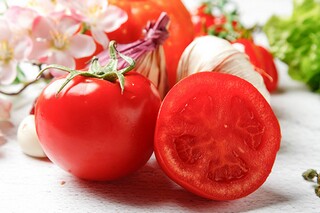
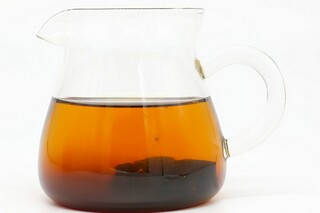
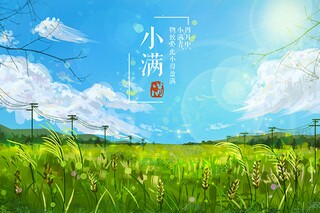


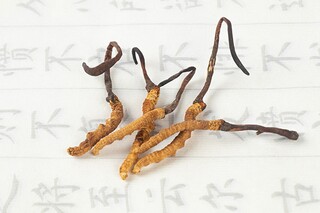


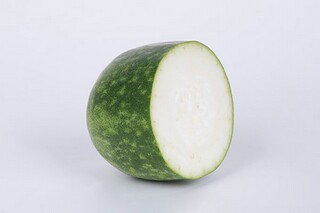



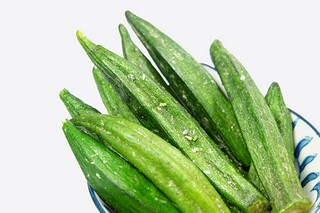

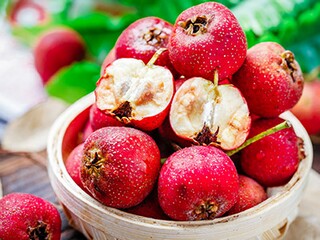
 八月十五的诗句欣
八月十五的诗句欣 小学生过端午节的
小学生过端午节的 七夕表达爱的诗句
七夕表达爱的诗句 思乡的古诗句(关于
思乡的古诗句(关于 现代描写爱情的唯
现代描写爱情的唯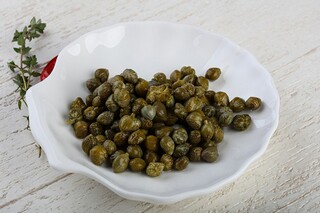 端午诗句(端午诗句
端午诗句(端午诗句 江雪 古诗赏析(江
江雪 古诗赏析(江